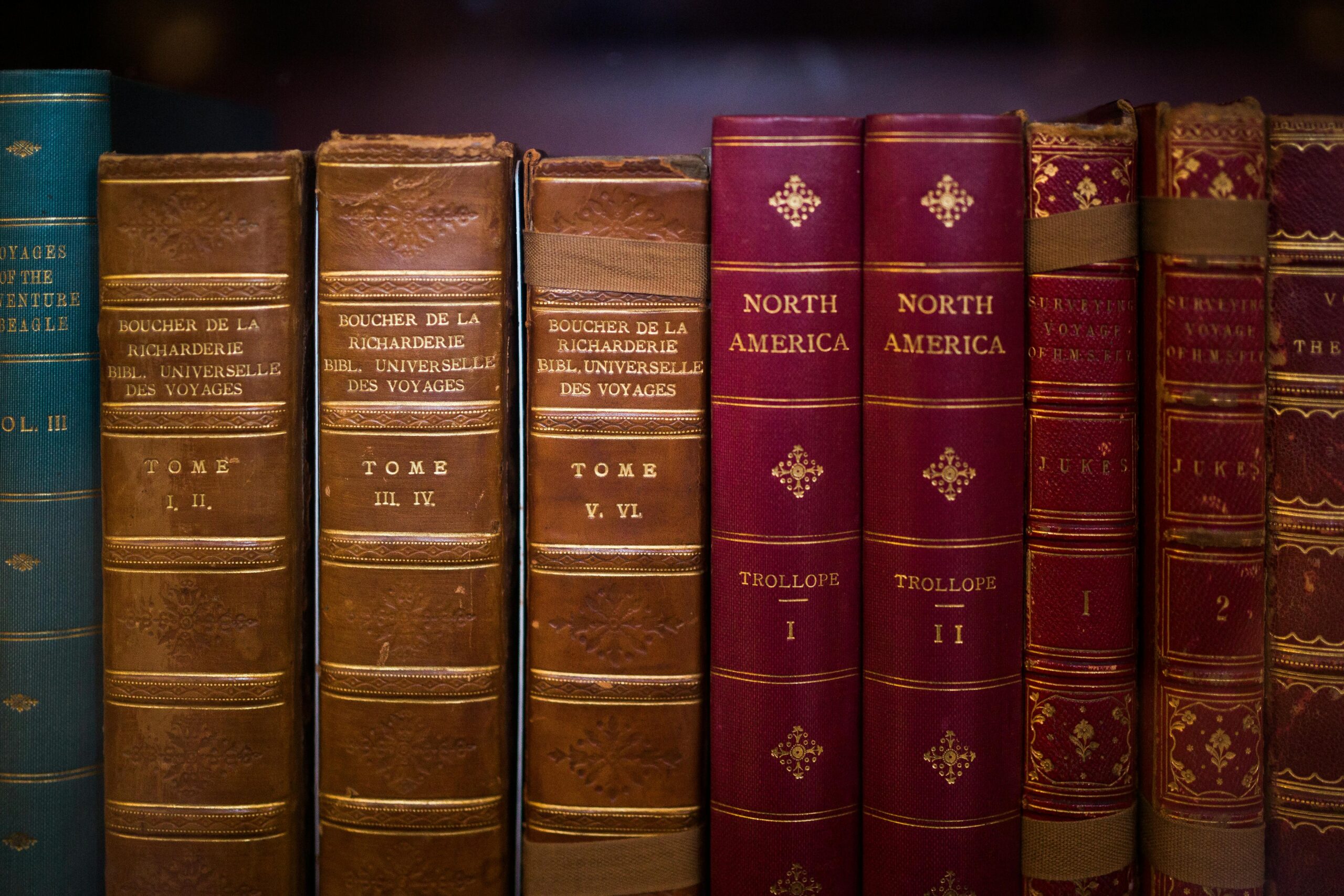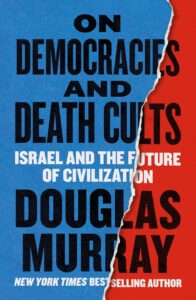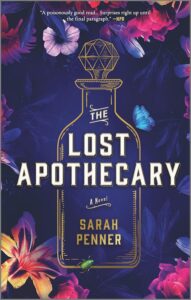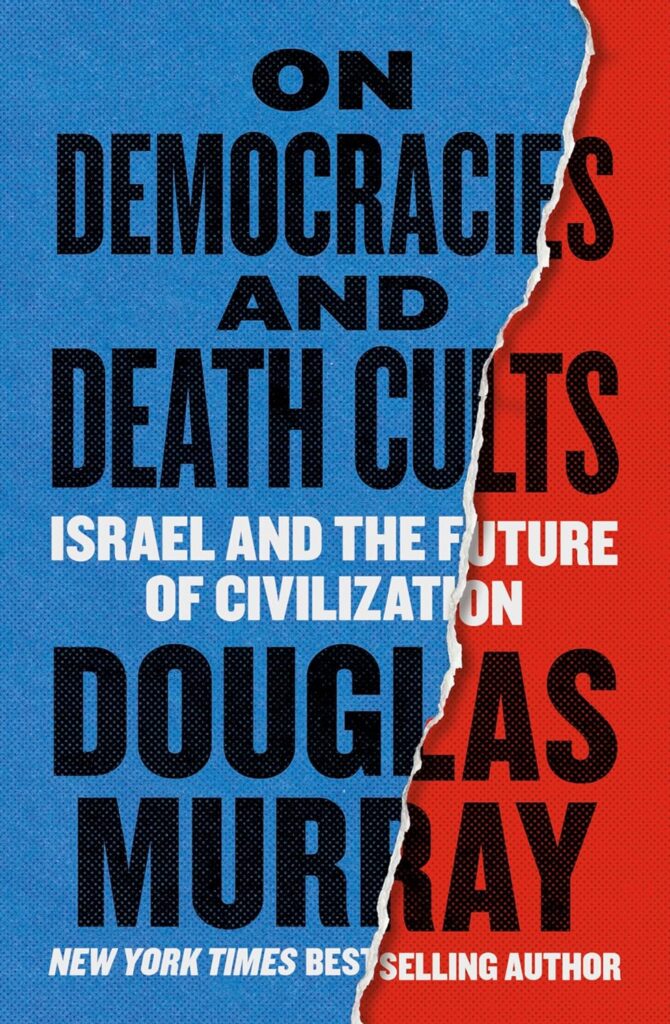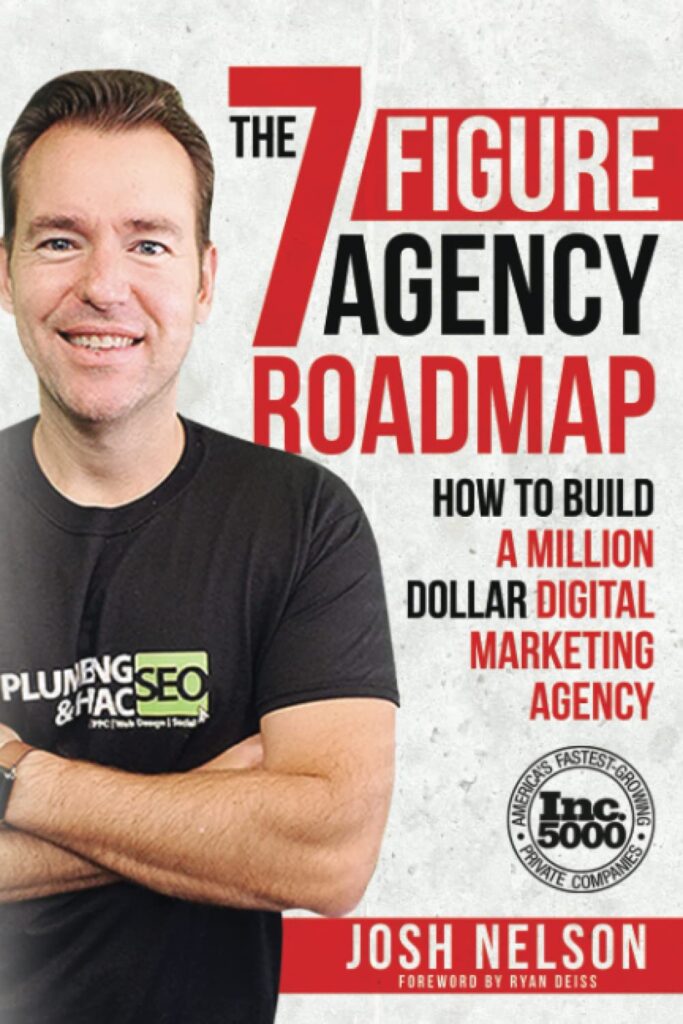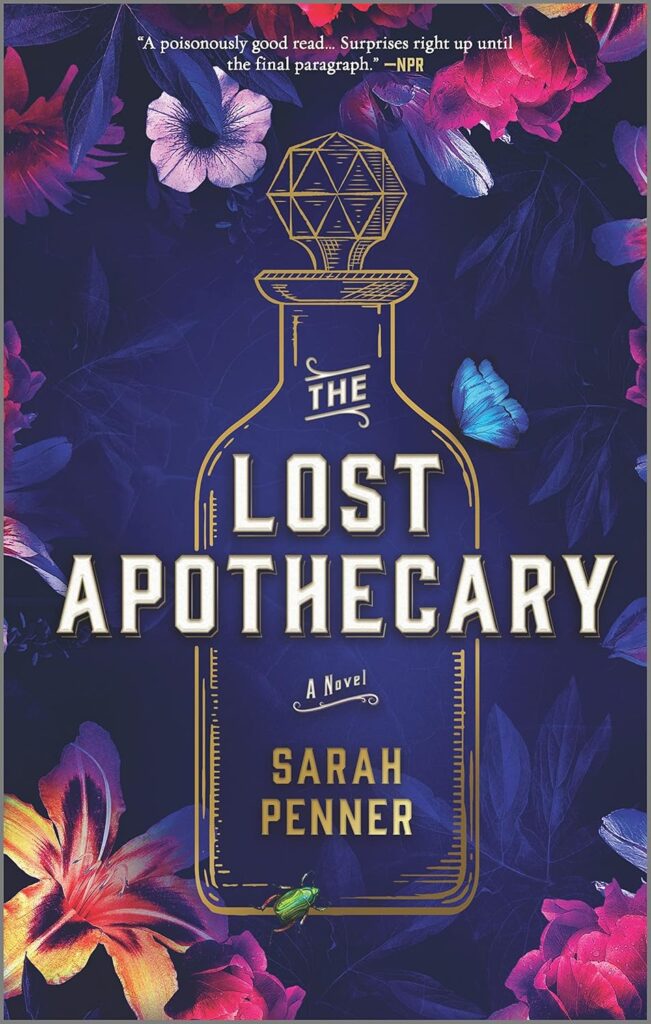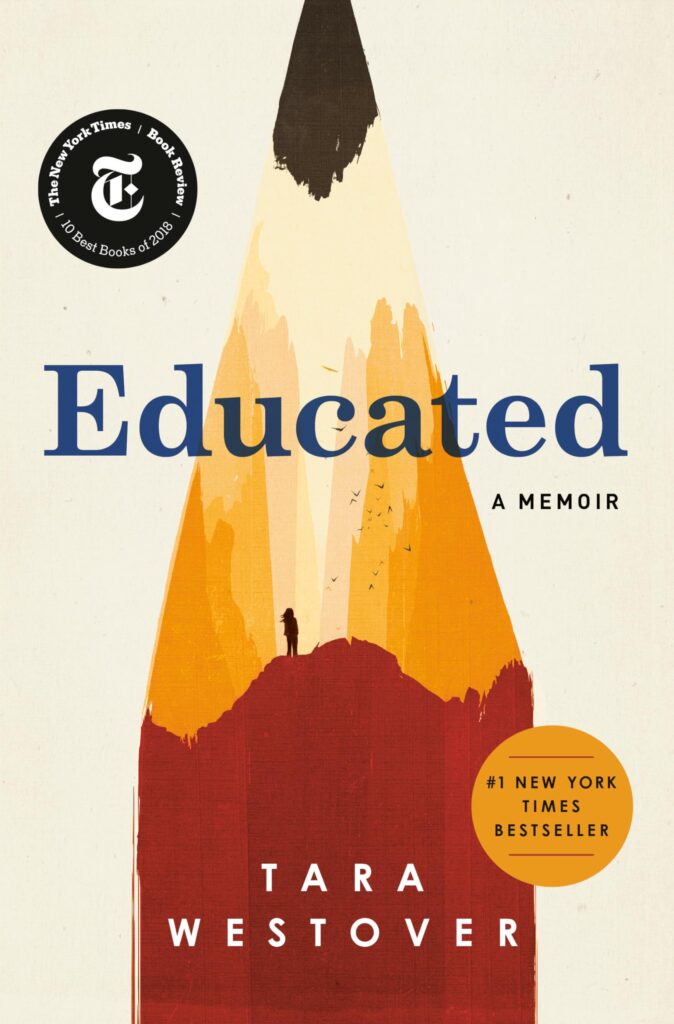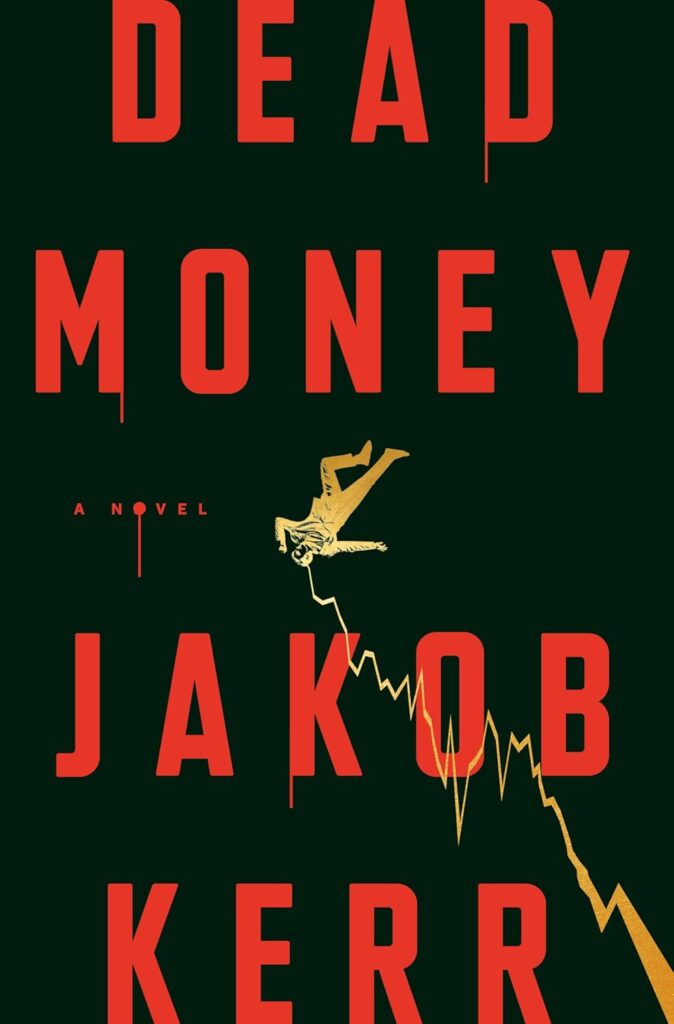Buying rare books can be exciting, but it’s also a process full of risks if you’re not careful. With the right knowledge, you can avoid being scammed and make informed decisions. Rare books hold not just financial value but also historical and personal significance, which is why con artists often target eager buyers. Knowing the warning signs before you purchase can save you from costly mistakes and disappointment. Let’s look at the key red flags to watch for so you can protect yourself and your investment.
Table of Contents
Understanding the Value of Rare Books
Rare books hold a certain mystique and allure, capturing the imagination of collectors and history enthusiasts alike. But what makes a book “rare,” and why are they so highly sought after? More importantly, why do scammers see them as an opportunity to profit? Let’s break it down.
Defining Rare Books
Not every old book is a rare book. Rare books are distinguished by specific traits that set them apart from ordinary volumes. Here are some of the key factors that define them:
- Age: While not all old books are valuable, age often contributes to rarity. Books printed before 1850, when printing technology was less advanced, are generally more scarce.
- Condition: A book’s physical condition plays an enormous role in its rarity and value. Damage such as torn pages, missing covers, or water stains can dramatically decrease its worth.
- Limited Print Runs: Books printed in small quantities are inherently rare. Publishers often release only a limited number of copies for certain editions, especially in the early days of printing.
- Significance: Some books are culturally or historically significant. This might include groundbreaking works that changed the course of history or influenced literature.
For a book to be truly rare, it usually checks several of these boxes, not just one. It’s the combination of these qualities that creates value in the world of rare books.
Factors That Influence Rarity and Value
The value of a rare book doesn’t rest solely on its age or condition. Several additional elements come into play that can either enhance or diminish its desirability:
- Historical Importance: Was the book pivotal in documenting a key event, movement, or era? Books with direct ties to significant moments in history often fetch higher prices.
- Demand Among Collectors: High demand equals high value. Books tied to popular genres, renowned authors, or niche interests tend to attract more bidders in the marketplace.
- First Editions: A first edition is often considered the crown jewel of any book collection. The “first” appearance of a text, particularly from an iconic author, can drive prices sky-high.
- Author Significance: A book gains more value if it’s connected to a celebrated author. A signed copy by someone like Ernest Hemingway or Jane Austen exponentially increases its worth.
- Binding Quality: The materials and craftsmanship of a book’s binding can also add to its appeal. Hand-bound volumes or those with leather covers stand out as collector favorites.
Every rare book tells its own story through these attributes. While some factors like historical importance carry universal weight, others, like personal inscriptions, might boost value for specific buyers.
Why Rare Books Are Targets for Scammers
The rarity and high monetary value of these books attract more than just legitimate collectors—they also lure scammers. Why? Several reasons make rare books particularly vulnerable:
- Niche Market: Rare books are bought and sold by a relatively small, specialized audience. Scammers exploit this niche, assuming buyers may not have extensive knowledge in the field.
- High Value: A single rare book can sell for thousands—or even millions—of dollars. The potential payout motivates forgers and fraudsters to create convincing counterfeits.
- Difficulty in Verification: Unlike precious metals or gemstones, authenticating a rare book often requires expert knowledge or advanced tools. Most buyers aren’t equipped to verify the book’s provenance independently.
- Sentimental Appeal: Scammers recognize that people may overlook warning signs when their attachment to a book’s narrative or perceived worth takes over. They prey on emotions to seal deals.
The combination of monetary and emotional stakes makes rare books a prime target for fraudulent activity. For collectors, knowing these dynamics is the first step in avoiding costly mistakes.
Common Scams and Fraudulent Practices in the Rare Book Market
The rare book market is an enticing space filled with history, knowledge, and, unfortunately, scams. When significant sums of money change hands over collectible books, there’s always someone looking to take advantage of unsuspecting buyers. Whether you’re new to collecting or a seasoned enthusiast, it’s essential to recognize the warning signs of fraud lurking in the market. Below, we’ll explore the most common scams and how to avoid falling victim.
Counterfeit Copies
One of the most prevalent scams in the rare book world involves counterfeit copies. Fraudsters take great care to replicate a book’s appearance and pass it off as an original. In some cases, these copies can look convincing even to trained eyes. However, there are ways to protect yourself:
- Examine the Materials: Originals often use period-accurate materials, such as specific types of paper or binding. If the paper feels too modern or the binding looks cheap, it’s worth asking questions.
- Check for Printing Errors: Older books were printed differently than today’s mass-produced books. Look for uneven print, typesetting quirks, or signs of manual printing.
- Look at Provenance Records: A legitimate rare book often comes with a history of ownership. Be cautious if no documentation is provided.
If something seems too perfect or affordable, tread carefully. Trusted dealers and appraisers can also help if you’re unsure.
Misrepresentation of Book Condition
Condition is one of the most important factors in determining a rare book’s value. Dishonest sellers may exaggerate or outright lie about the condition to increase the price. For example, a book described as “near fine” might actually have water damage or significant page wear.
Here’s how to protect yourself:
- Demand Detailed Photos: Sellers should provide high-quality images of the book, including close-ups of any flaws like tears, stains, or fading.
- Ask for a Condition Report: Serious sellers should offer a detailed report highlighting the book’s condition, including any restoration work that has been done.
- Verify Grading Standards: Understand terms like “good,” “very good,” or “fine” in book collecting. Sellers who misuse these terms may not be trustworthy.
Never be afraid to ask direct questions. A legitimate seller won’t shy away from providing specifics.
Forgery of Signatures or Inscriptions
Scammers often forge an author’s signature or a personal inscription to drive up a book’s value. But faking a signature is easier than you might think with today’s tools. It can turn a moderately priced book into something worth thousands, especially if the author is well-known.
Protect yourself by:
- Studying Genuine Signatures: Look at authenticated examples signed by the author. Many authors had unique habits, like the way they looped certain letters.
- Requesting Expert Authentication: Third-party authentication services can verify signatures and help you avoid purchasing fakes.
- Considering Context: If a book is supposedly signed, is it plausible? A signature on a different printing or a highly personalized note to an unknown individual may raise red flags.
Whenever possible, buy from a seller with a proven reputation for handling signed copies.
Fake Provenance and Ownership Claims
Provenance—the record of past ownership—is crucial to a rare book’s value. Scammers often fabricate this history to create false narratives that inflate book prices. They might claim a book belonged to a famous person or was part of a prestigious collection, complete with forged sales records or certificates of authenticity.
To avoid being scammed:
- Cross-Check Stories: Does the historical claim line up? If a book supposedly belonged to a 19th-century author, use databases, archives, or experts to verify.
- Look for Supporting Documents: Genuine provenance often comes with multiple layers of proof, such as auction results, prior sale records, or bibliographic references.
- Beware of Unrealistic Claims: If a story seems too good to be true—like finding an unsigned Shakespeare folio in a local thrift store—it probably is.
A legitimate seller will be able to back up their claims with evidence—not just entertaining tales.
Online Scams and Fraudulent Listings
As more rare books are bought and sold online, scams in digital marketplaces have increased. Fraudsters create fake listings on auction platforms or lesser-known websites, often luring buyers with low prices or claims of exceptional rarity.
Here’s how to stay safe when buying rare books online:
- Research the Seller: Look for reviews, testimonials, or their history of completed book sales. Be cautious with new accounts or sellers without any online presence.
- Avoid Stock Photos: Scammers often use generic or stock images instead of real photos of the book being sold. If the listing doesn’t feature original photos, it’s a red flag.
- Use Reputable Platforms: Stick to well-known auction houses, accredited dealers, or platforms with buyer protection policies.
- Pay Securely: Always use payment methods that offer fraud protection, like credit cards or payment processors such as PayPal. Avoid wire transfers or payments through untraceable methods.
Online scams often rely on your excitement outpacing your caution. Take a breath, verify the details, and don’t rush into a purchase.
By understanding these common scams, you can approach rare book collecting with confidence. Always remember that asking questions and trusting your instincts can go a long way in avoiding fraudulent practices.
How to Spot Red Flags When Buying Rare Books
Navigating the rare book market can be rewarding, but it’s also full of potential pitfalls. Scammers and dishonest sellers often prey on inexperienced buyers, making it essential to recognize warning signs before committing to a purchase. Here are some of the most common red flags to watch for and tips to help you avoid costly mistakes.
Suspiciously Low Prices
If a deal seems too good to be true, it probably is. Rare books are valuable for a reason, whether due to their age, condition, or historical significance. A seller offering a first-edition classic at a fraction of its market value should raise immediate concerns.
- Understand Market Value: Research typical prices for similar books through trusted marketplaces, auction results, or dealer catalogs.
- Ask Why the Price Is So Low: The seller should be able to provide a logical explanation—maybe the copy is incomplete or in poor condition.
- Beware of Emotional Traps: Scammers often count on buyers getting excited about a rare find and overlooking red flags. Stay calm and analyze the offer.
When it comes to rare books, remember that bargains are rare for a reason. Trust your instincts if something feels off.
Lack of Verifiable Seller Information
Buying a valuable book is as much about trusting the seller as the item itself. A seller who operates without transparency is a major warning sign. Legitimate dealers usually have a track record or credentials to back up their reliability.
- Check Reviews and Reputations: Look for reviews, testimonials, or memberships in trade organizations like the ABAA (Antiquarian Booksellers’ Association of America) or ILAB (International League of Antiquarian Booksellers).
- Verify Contact Information: Avoid sellers who only use anonymous email addresses or refuse to share their identity or location.
- Search Online for Complaints: Google their name alongside terms like “scam” or “fraud” to see if others have had bad experiences.
Doing a little detective work on the seller can save you from making a costly mistake. A legitimate seller will welcome your questions and provide clear answers.
Insufficient or Low-Quality Images
A picture is worth a thousand words, especially when evaluating rare books. If a seller provides just one vague or blurry photo, it’s a sign they may be hiding something.
- Request Additional Photos: Ask for detailed pictures of the cover, spine, title page, and any notable flaws. A trustworthy seller won’t hesitate to provide them.
- Look for Signs of Authenticity: High-quality images let you inspect details, like the type of binding, paper texture, and printer marks, that might indicate the book’s legitimacy.
- Avoid Listings with Stock Photos: Sellers using generic images probably don’t have the book in their possession—or it might not even exist.
The lack of clear images could indicate laziness at best or foul play at worst. Insist on proper documentation before proceeding with a purchase.
Vague or Incomplete Descriptions
When buying a rare book, every detail matters. Sellers who use overly broad or vague descriptions are either inexperienced or intentionally concealing defects.
- Ask for Specifics: Seek details about the book’s edition, print run, condition, provenance, and any restorations it may have undergone.
- Learn Common Terminology: Words like “fine,” “very good,” or “restored” have specific meanings in book collecting. Make sure the seller uses these terms correctly.
- Beware of Fluff: Watch out for listings filled with buzzwords but lacking substance, such as “one of a kind” without explaining why.
A proper description should leave you with confidence and clarity, not more questions.
Pressure to Buy Quickly
High-pressure sales tactics are a red flag in any industry, and rare books are no exception. Rushing a buyer to close the deal is often a scammer’s way of avoiding scrutiny.
- Don’t Rush Big Decisions: Rare books require careful consideration, research, and sometimes outside expert opinions. Take your time.
- Be Skeptical of “One-Time Offers”: Claims like “I have another buyer interested” or “This price is only good for today” are often ploys to create urgency.
- Trust the Market: True rarities are valuable because they hold long-term demand. A legitimate seller won’t need to push you into an impulsive decision.
Remember, a quality rare book will still be valuable tomorrow, next month, or even years from now. Never let a seller pressure you into skipping your due diligence.
By keeping these red flags in mind and approaching every purchase with a healthy dose of skepticism, you’ll set yourself up to make smarter, safer decisions in the rare book world.
Expert Tips for Verifying Rare Books
Buying rare books can feel like unlocking a piece of history. But how do you ensure what you’re investing in is the real thing? Verifying authenticity is one of the most crucial steps in purchasing rare books, and skipping it can lead to costly mistakes. Below are essential expert tips to help you verify rare books with confidence.
Consulting a Rare Book Appraiser
When it comes to verifying rare books, a professional appraiser is often your best ally. These experts have the training and experience needed to spot fakes, assess condition, and determine value.
- Why Use an Appraiser? Their expertise goes beyond surface details. They can recognize minute signs of forgery, restoration, or damage that the average eye might miss.
- How to Find One: Look for appraisers associated with trusted organizations, like the Antiquarian Booksellers’ Association of America (ABAA) or the International Society of Appraisers (ISA).
- What to Expect: A professional appraisal includes a detailed evaluation of the book’s physical condition, edition, provenance, and market value.
Think of this as a necessary investment. Spending a little extra upfront can save you thousands in the long run.
Checking Reference Materials and Bibliographies
Knowledge is power, especially in the world of rare books. Reference guides and bibliographies are invaluable tools for cross-checking authenticity. These resources help you confirm details about a book’s printing, edition, or history.
- Use Trusted Sources: Research well-regarded bibliographies and reference books, such as those by Grolier Club experts or specialist bibliographers in your book’s genre.
- Match the Details: Compare the book’s title page, publisher, printing dates, and other unique features to those listed in reference materials.
- Online Databases: Use online resources like WorldCat or the ESTC (English Short Title Catalogue) to verify publishing information and locate similar copies.
Cross-checking even small details, like a misplaced date or incorrect font, can reveal whether a book is genuine or a clever forgery.
Authenticating Signatures and Inscriptions
Author signatures and handwritten inscriptions can significantly increase a book’s value—but they’re also prime targets for forgery. Verifying these details requires a sharp eye and some detective work.
- Compare Handwriting Samples: Search reputable archives, auction records, or booksellers’ databases for authenticated examples of the author’s signature. Look for specific quirks, like the slope of letters or how the author dots their “i’s.”
- Examine the Medium: Check if the ink and pen style match the time period. A signature in modern ballpoint pen on a 19th-century book should raise a red flag.
- Seek Help from Experts: Use third-party authentication services that specialize in evaluating rare book signatures. Many auction houses also offer this as a service.
Pay close attention to context, too. Would the author have had access to that specific copy, or does the story behind the inscription sound plausible?
Understanding Terms Used in the Rare Book Trade
The language of rare books can be confusing if you’re not familiar with it. Understanding key terminology will help you navigate listings and avoid misunderstandings.
- Foxing: Refers to the small brown spots that can appear on old paper due to chemical reactions. While it lowers condition, it can occur naturally in authentic books.
- First State: Indicates the very first version of a book’s printing. These are often more valuable than later states or editions.
- Association Copy: A book previously owned, signed, or annotated by someone significant—like the author or a notable figure related to the book. This can add historical value.
Familiarize yourself with these terms to recognize when sellers are accurately describing a book—or trying to inflate its value with misleading jargon.
Utilizing Reputable Dealers and Auction Houses
One of the safest ways to buy rare books is through trusted dealers or well-known auction houses. Their reputations depend on transparency, so they’re more likely to offer authentic items with clear origins.
- Accredited Dealers: Look for memberships in professional organizations, such as the ABAA or ILAB, which require adherence to strict ethical standards.
- Auction Houses: Christie’s, Sotheby’s, and other major houses are known for rigorous authentication processes. Smaller firms with strong reputations are also good options.
- Documentation Matters: Reputable sources provide detailed descriptions, accurate condition reports, and relevant provenance. Be wary of anyone unwilling to share these details.
Buying through a respected dealer or auction house might cost more upfront, but it offers peace of mind and a significantly reduced risk of being scammed.
By leveraging expert resources and taking these steps in the verification process, you’ll be better prepared to ensure the rare book you’re buying is a legitimate treasure—not an expensive mistake.
What to Do If You Suspect Fraud
Rare books carry both financial and emotional value, making it deeply unsettling if you suspect you’ve been scammed. Acting quickly and methodically is critical to protecting yourself and possibly recovering your losses. Here’s a step-by-step guide to follow if you think you’ve encountered fraud.
Documenting the Details of the Transaction
The first thing to do is gather all evidence related to the transaction. A clear record will strengthen your case, whether you’re escalating the issue to a platform, an organization, or legal authorities.
- Save Communications: Keep emails, messages, or any other correspondence with the seller. Screenshots can serve as proof if the seller deletes messages or accounts.
- Store Receipts and Payment Records: Keep copies of invoices, PayPal transactions, or credit card statements showing the payment.
- Capture Images: If you’ve received the book, take clear photos of it, especially if the item doesn’t match the listing description. Be sure to highlight discrepancies, such as damage, false signatures, or missing features.
Think of this as building your case file. The more organized and thorough your documentation, the easier it will be to prove fraud.
Contacting Professional Organizations
Many respected organizations, such as the Antiquarian Booksellers’ Association of America (ABAA), exist to protect buyers and uphold ethical standards in the rare book market. Reaching out to them can provide expert guidance and support.
- File a Complaint: If the seller claims to be an ABAA or ILAB (International League of Antiquarian Booksellers) member, report the issue directly to the organization. They often mediate disputes or investigate unethical conduct.
- Seek Authentication Assistance: Some organizations can help verify the authenticity of a book if forgery is suspected. Their findings may be useful as evidence.
- Ask for Advice: Even if the seller is not affiliated with a professional body, these groups can offer insight into next steps and recommend trusted resources.
Connecting with experts adds credibility to your claims and may prevent others from falling victim to the same scam.
Reporting Fraudulent Sellers
Reporting fraud not only helps your case but also prevents future victims. The process will vary depending on where the transaction occurred, but here are some general steps:
- Online Platforms: If you purchased the book through a marketplace like eBay, Etsy, or Facebook, use their reporting tools. Many platforms have buyer protection policies that can result in refunds or account bans for the seller.
- Local Authorities: File a police report if the amount lost is significant. Provide all documentation—you don’t need to prove criminal intent, but clear records will help.
- Consumer Protection Agencies: In the US, contact the Federal Trade Commission (FTC) or your local consumer affairs office. Internationally, organizations like Action Fraud in the UK can assist.
Filing reports might feel tedious, but it’s essential for creating an official trail. This is especially critical if you need to escalate the situation later.
Reaching Out to Legal Experts
If the financial loss is substantial, consulting a legal professional can make a big difference. Lawyers experienced in online fraud or intellectual property disputes can help you assess your options.
- Consider Small Claims Court: For moderate losses, a small claims court may offer a fast resolution without significant legal fees.
- Hire a Specialist: If the case involves high-value books, find a lawyer who understands the rare book trade. Their expertise can be invaluable in proving fraud.
- Explore Refunds Through Banks: Legal advice can also help you recover money through payment platforms or chargebacks with your credit card company.
A consultation might seem overwhelming, but even a short session with a legal expert can clarify your rights and next steps.
Sharing Your Experience with Others
Raising awareness about scams is one of the most helpful things you can do for the community. Your story could save future buyers from falling into the same trap.
- Write Reviews: Leave honest reviews on platforms where you interacted with the seller. Focus on facts and evidence to ensure your reviews are taken seriously.
- Join Forums or Groups: Online communities for rare book collectors are great places to share your experience. Other members may have valuable advice or may have encountered the same seller.
- Report on Social Media: Platforms like Twitter or Instagram can help spread awareness, but make sure to stick to the facts to avoid legal issues.
Your experience is powerful. By speaking up, you contribute to a safer marketplace for everyone.
Conclusion
Staying informed and alert is your best defense against rare book scams. By recognizing red flags and practicing due diligence, you can protect both your wallet and your passion for collecting. Every piece of advice shared here empowers you to shop smarter and avoid falling victim to fraud.
Take your time, ask questions, and seek expert input when needed. The right approach ensures your investment adds a true gem to your collection, not a regret.
What has your rare book journey taught you? Share your experience—your story could inspire or protect someone else.

